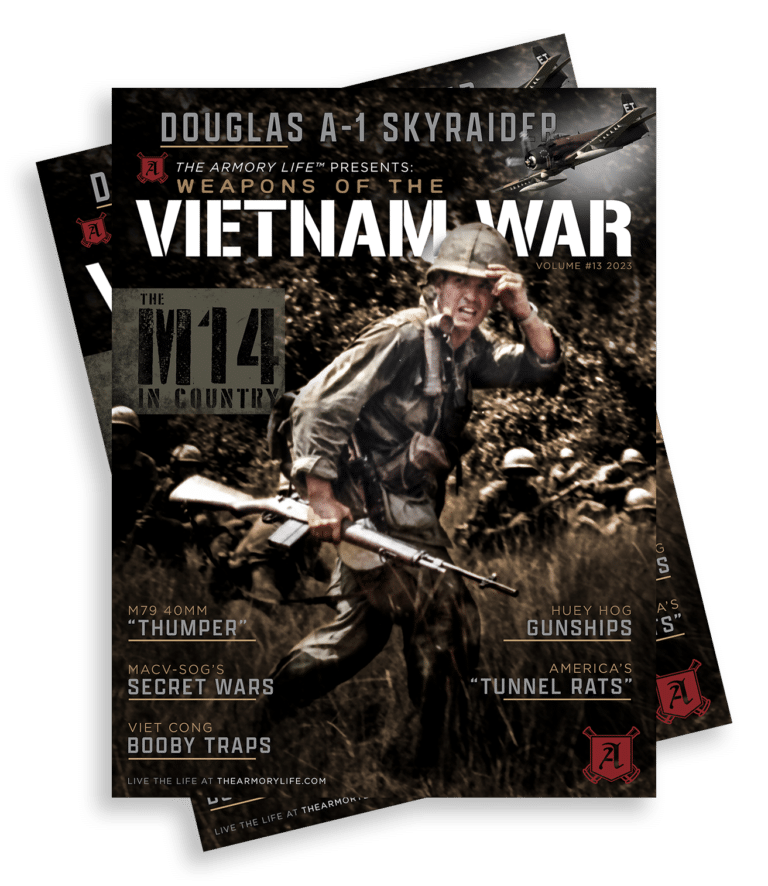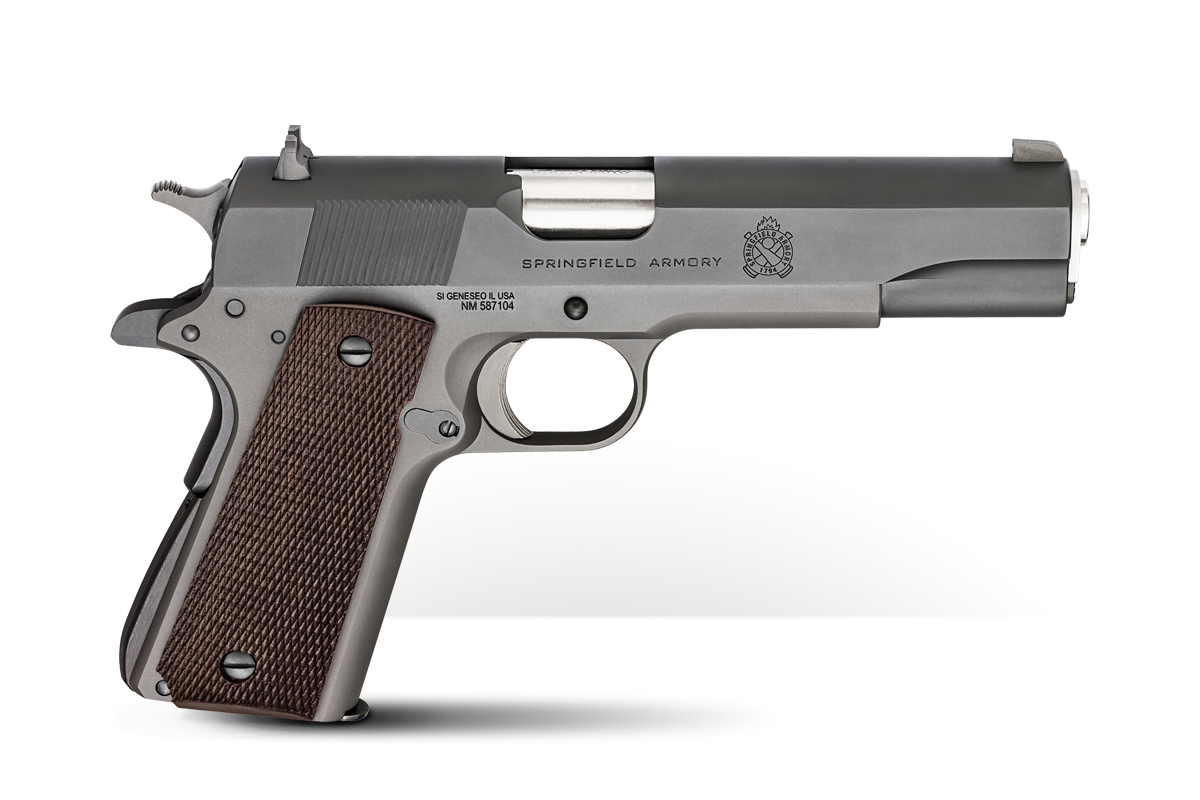Tunnel Rat Experience in the Vietnam War
November 5th, 2019
6 minute read
The tunnel rats were an elite group of soldiers during the Vietnam War, tasked with navigating the treacherous underground tunnel systems to root out the Viet Cong communist guerrillas. These warriors relied heavily on their M1911 .45 caliber pistols and other small arms as their primary weapon in the confined spaces below the jungle floor. Filled with booby traps, mines and enemy fighters, the tunnels were one of the most difficult environments encountered by American forces. Tom Laemlein introduces us to the experiences and equipment of these brave men who boldly entered the “Black Echo.”
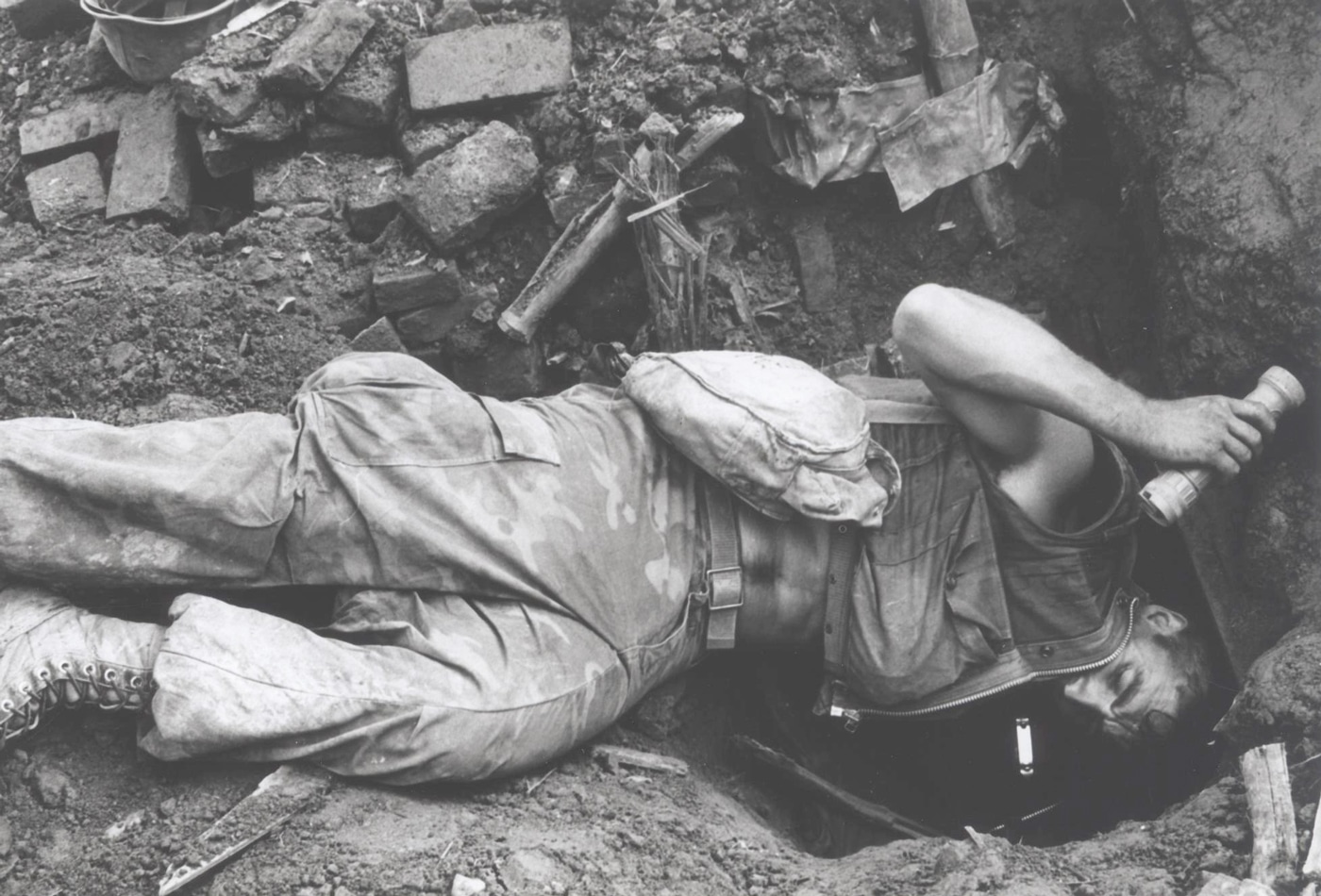
When the U.S. military deployed to Vietnam, it did so with the M1911 semi-automatic pistol on its hip. This was the same handgun chambered for the .45 ACP cartridge that they had gone to war with since its combat debut in 1914. Starting with the Punitive Expedition, or Pancho Villa Expedition, into Mexico, the 1911 saw duty in World War I, World War II and the Korean War.
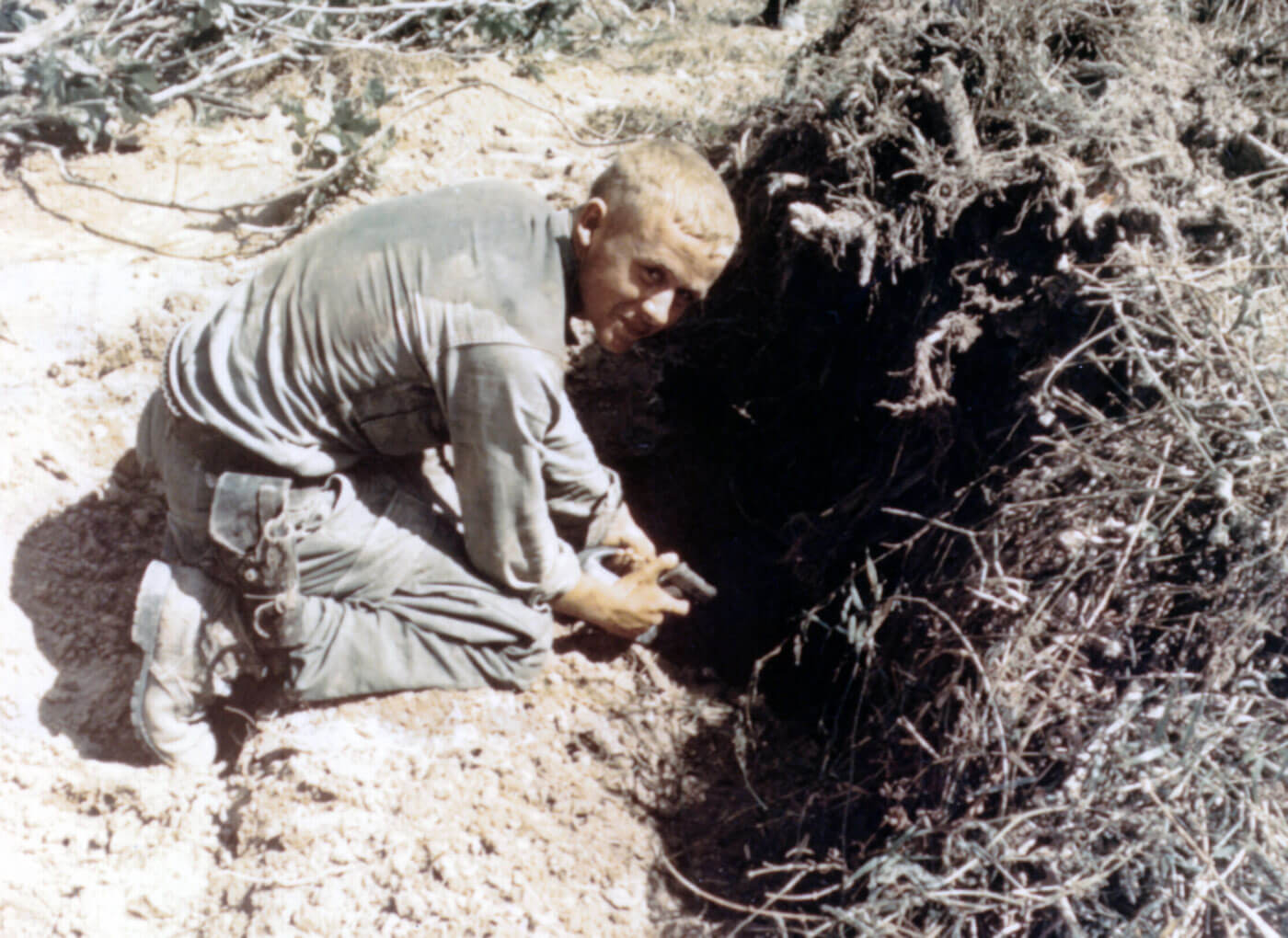
The rugged pistol soldiered on, sturdy and reliable as ever. American troops loved them, and why wouldn’t they? The M1911 gave a man a sense of confidence. As my dear old Dad used to say: “Better to have it and not need it, than need it and not have it.” Many GIs believed that big .45 ACP pistol was worth the extra weight.
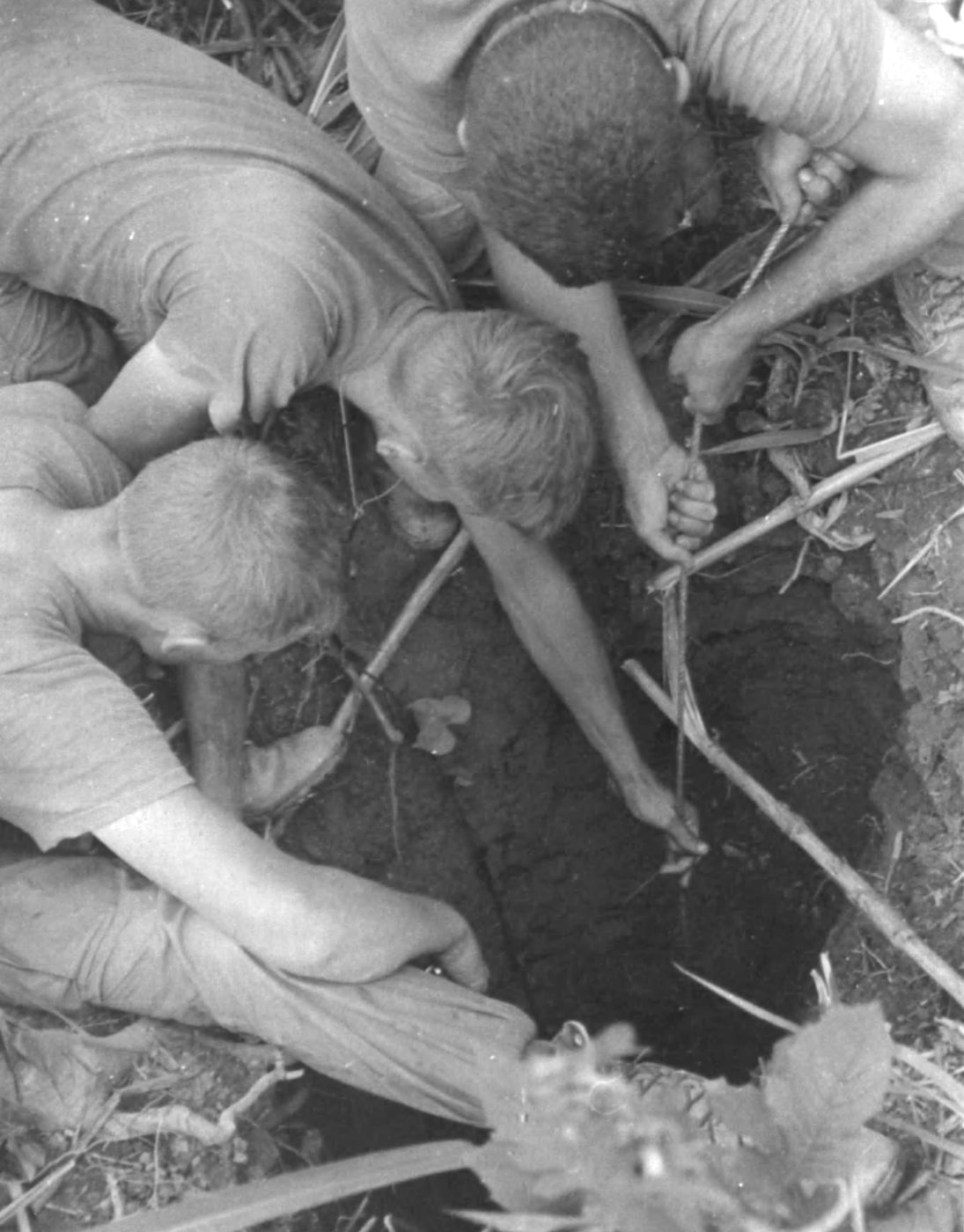
Officers and crew-served weapon crews often carried them. MPs, helicopter crews and grenadiers, too. For almost every American soldier who carried one in Vietnam, the pistol represented a back-up gun. But not the “tunnel rats,” America’s subterranean warriors that would head underground in the jungles of Vietnam.
Tunnel rats used their pistol as a primary weapon. No other firearm would be effective in their battleground below ground due to cramped spaces. The M1911 was the one pistol ready for action in Vietnam tunnel warfare.
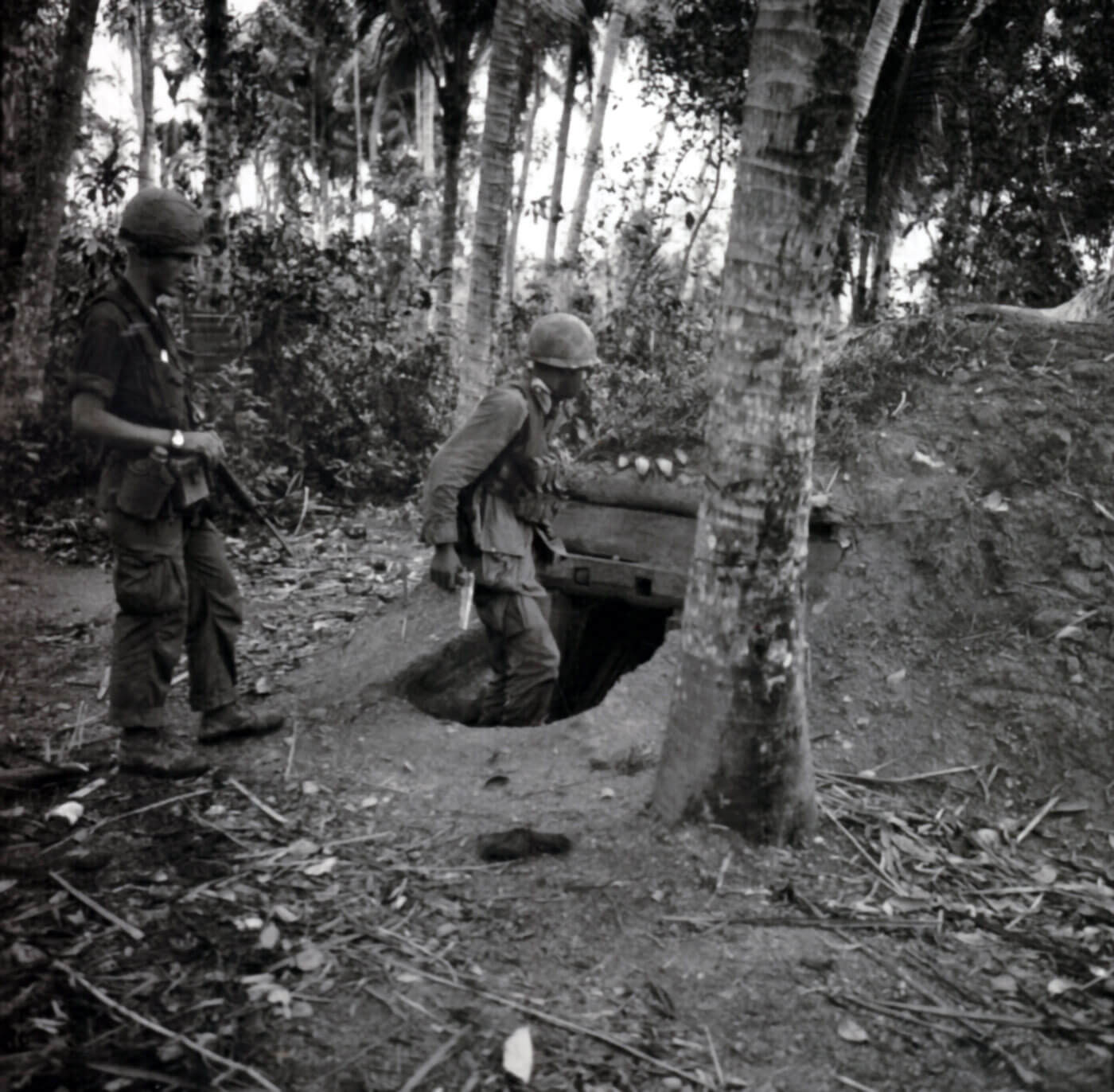
Underground Nightmares
During their war against the French in the early 1950s, the Viet Minh guerrillas had constructed a network of hidden bunkers and tunnel systems. In the early 1960s, the next generation of communist guerrillas (this time the Viet Cong) improved these tunnels, eventually expanding them to include underground storehouses, barracks, manufacturing facilities and even hospitals. The Viet Cong were determined tunnellers, and it proved to be their best defense against American firepower and air superiority.
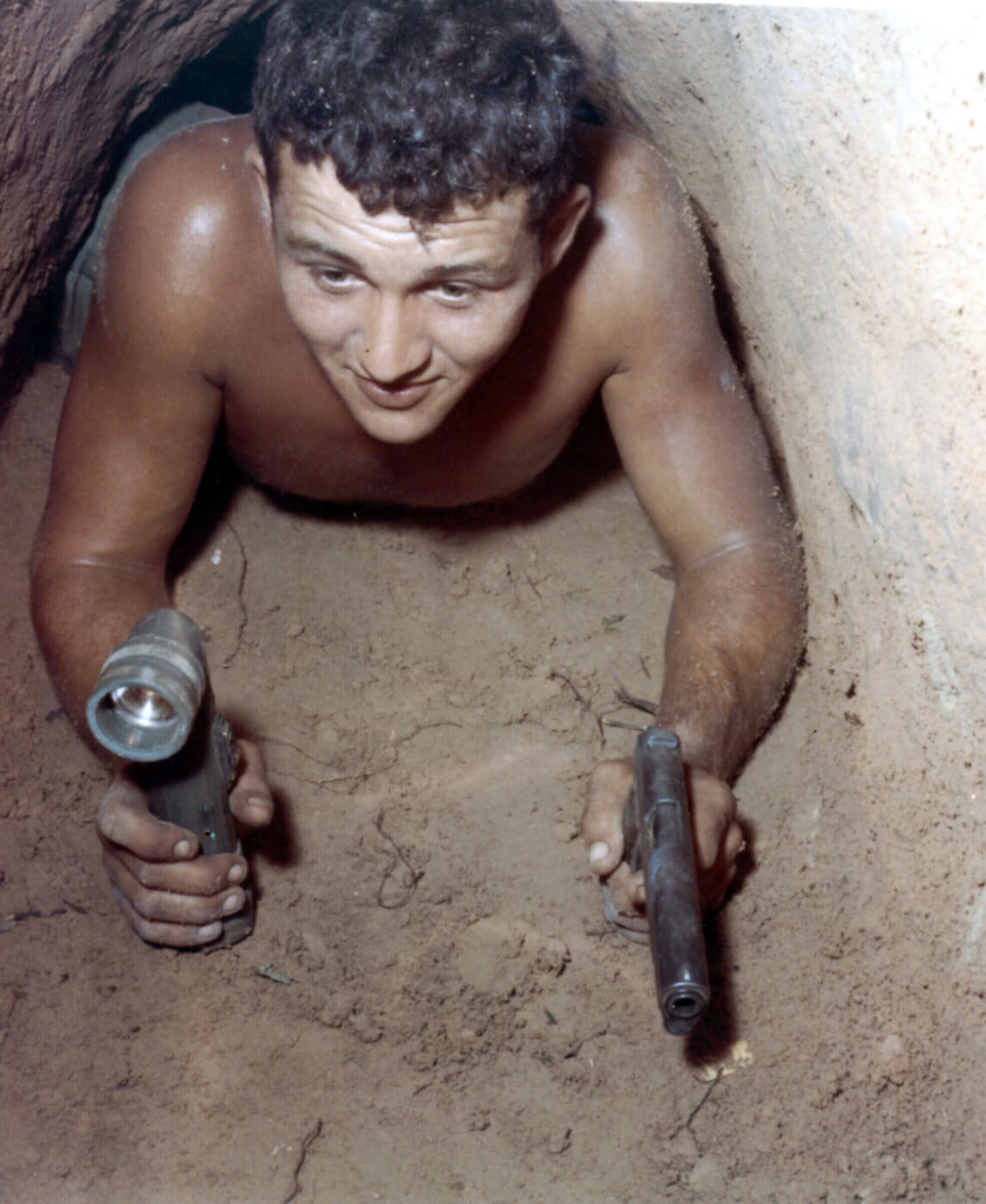
An old friend of mine served two tours in Vietnam, and he commented: “Give me a regiment of VC armed with shovels, and we will tunnel out all of Southeast Asia.” For the American troops tasked with taking the fight to the enemy in Vietnam, part of the job was to chase him into the subterranean warrens where he often dwelled.
The VC tunnel systems may have appeared to be nothing but a hole in the ground, but in truth they were quite sophisticated. Most had several levels, with each level accessed via a watertight trap door that protected the entirety of the tunnel system against flooding with water or gas. The complex maze of passages was a defense system unto itself. Just one of the dangerous risks of the tunnel rat’s job was becoming lost in the underground tunnel network.
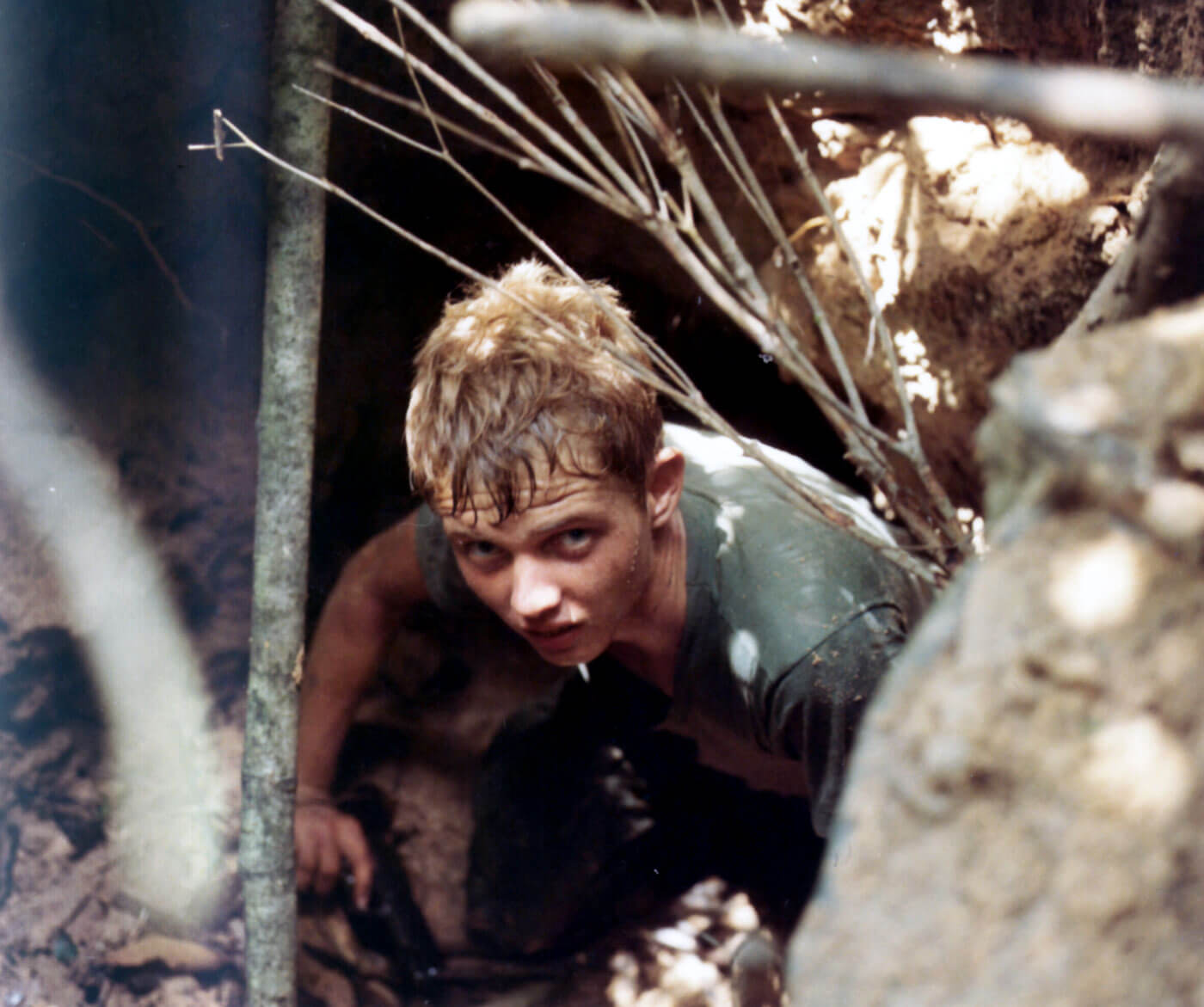
Apart from the VC troops themselves, the tunnels were full of hazards: mines, trip wires, punji stakes and booby traps of all kinds (including poisonous snakes). Even the natural hazards beneath the Vietnamese topsoil, like spiders and fire ants, were enough to make a man’s skin crawl. It was a multiple-threat environment in Vietnam, even underground. The tunnel rats had a nickname for the dark, tight confines of the tunnels: the “Black Echo.”
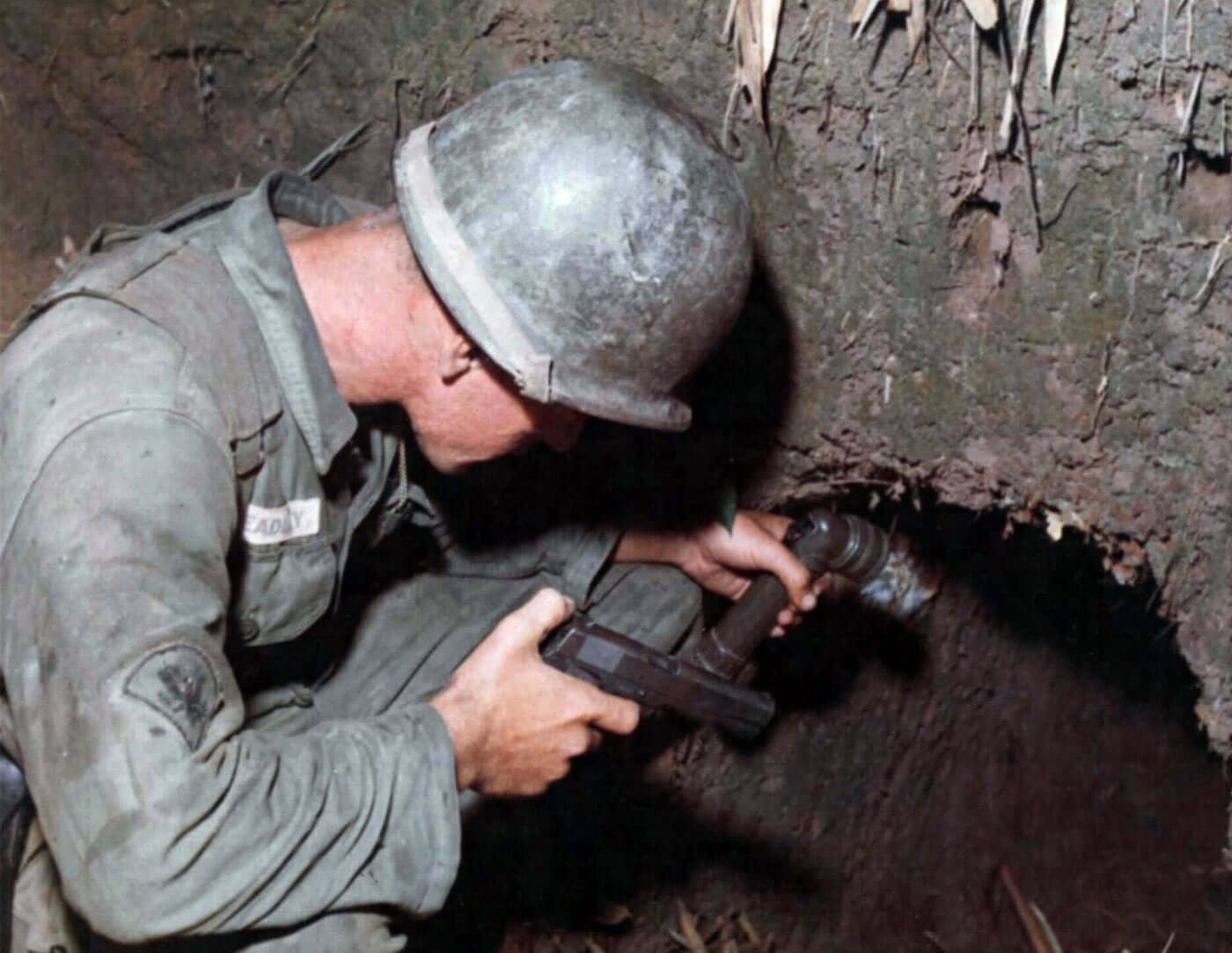
Taking the Fight to Them
When the M1911 pistol was designed, it is unlikely that it was ever envisioned to be used in a dark, damp tunnel, not much wider than a man’s shoulders. But even in those unexpected parameters, the M1911 was very successful. Despite the concussive blast and intense muzzle flash from the gun barrel in the dark, the man-stopping power of the .45 ACP round was unchallenged. One shot was enough to end many confrontations.
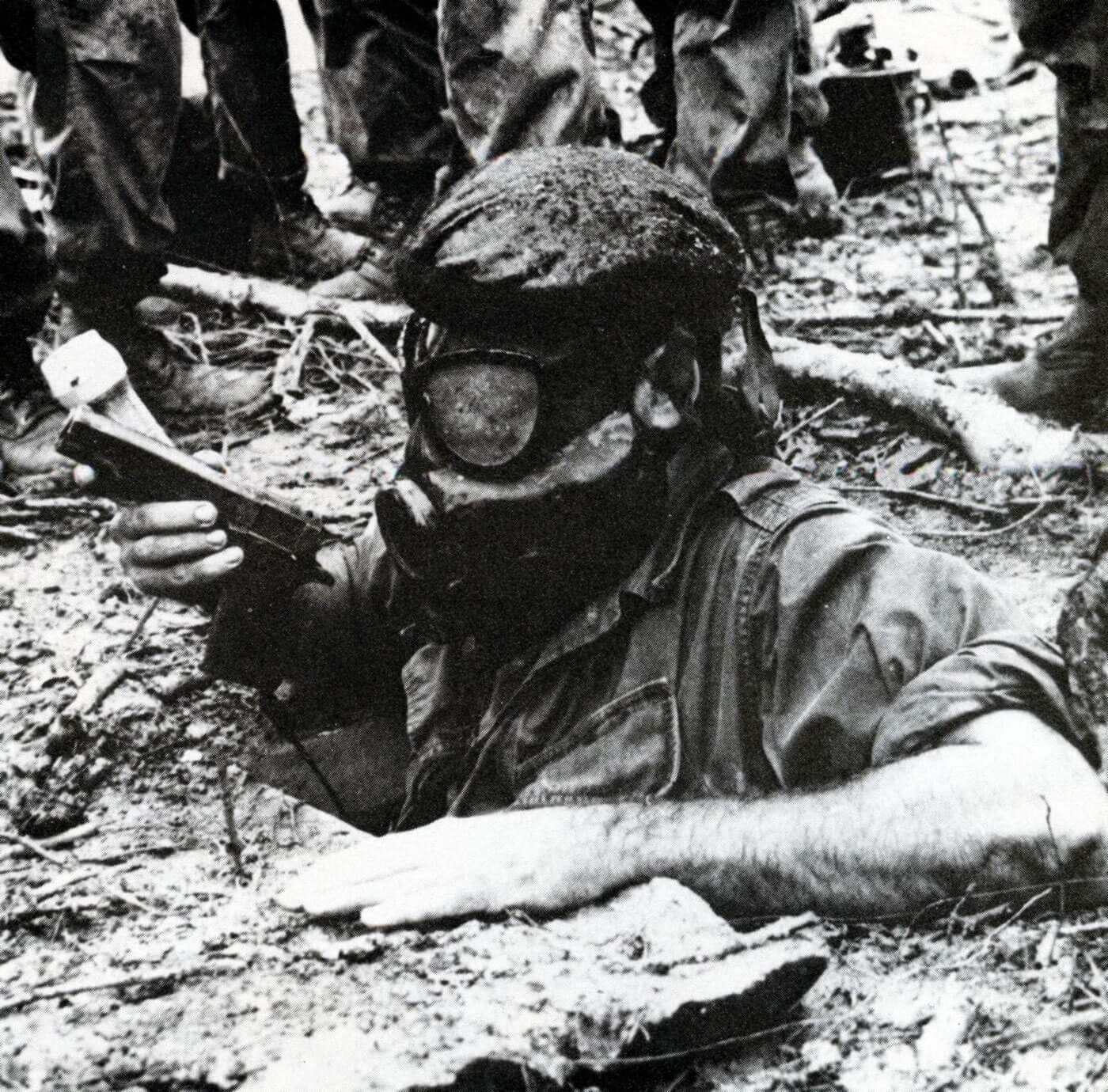
A few silenced pistols made their way to Vietnam and were used by the tunnel rats. Suppressors could be a huge benefit to any tunnel rat who engaged enemy fighters in the enclosed spaces.
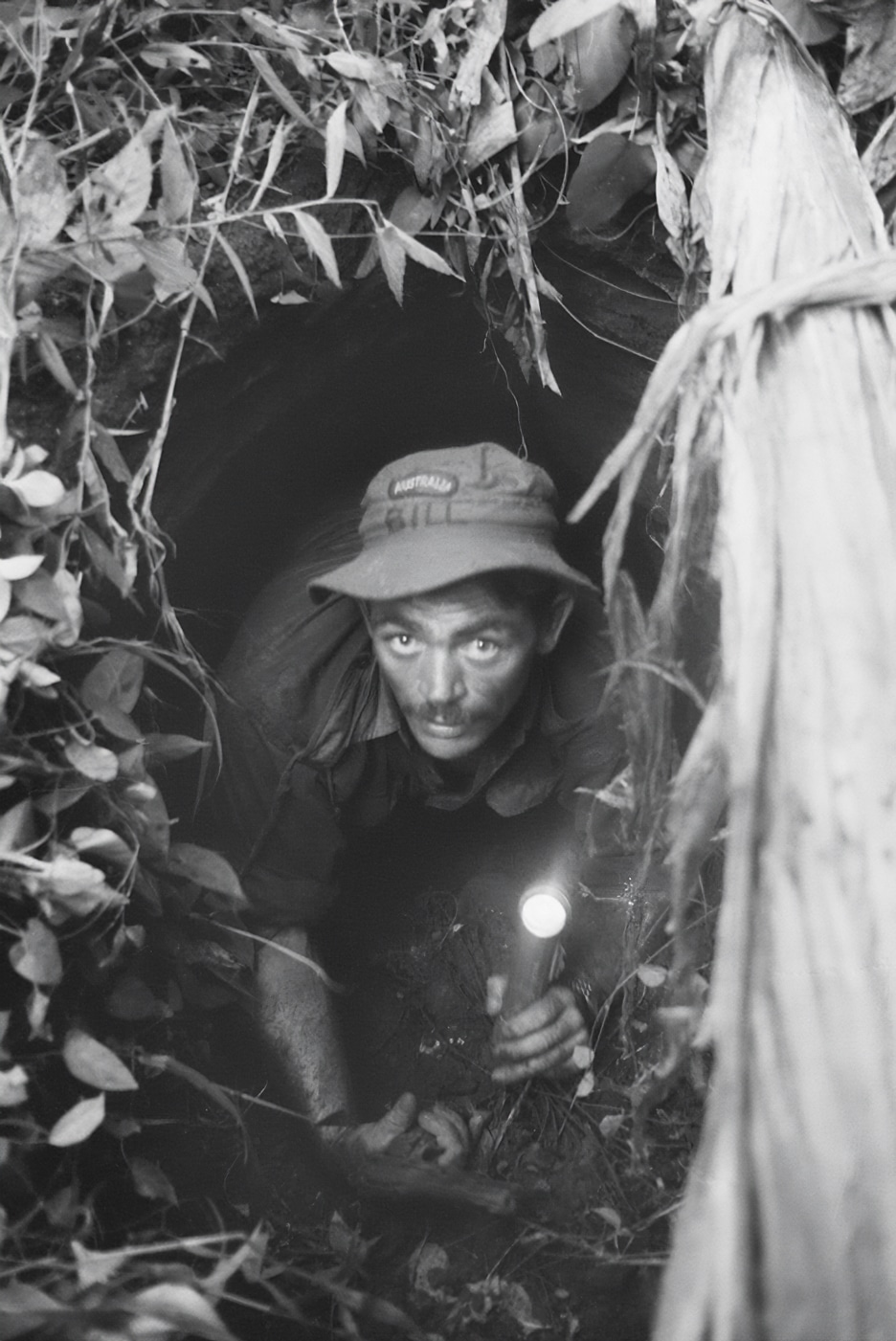
Some civilian handguns worked their way into the mix, but for most of the tunnel rats the big .45 was the handgun they had to do the job. Ultimately, shooting underground was a last resort.
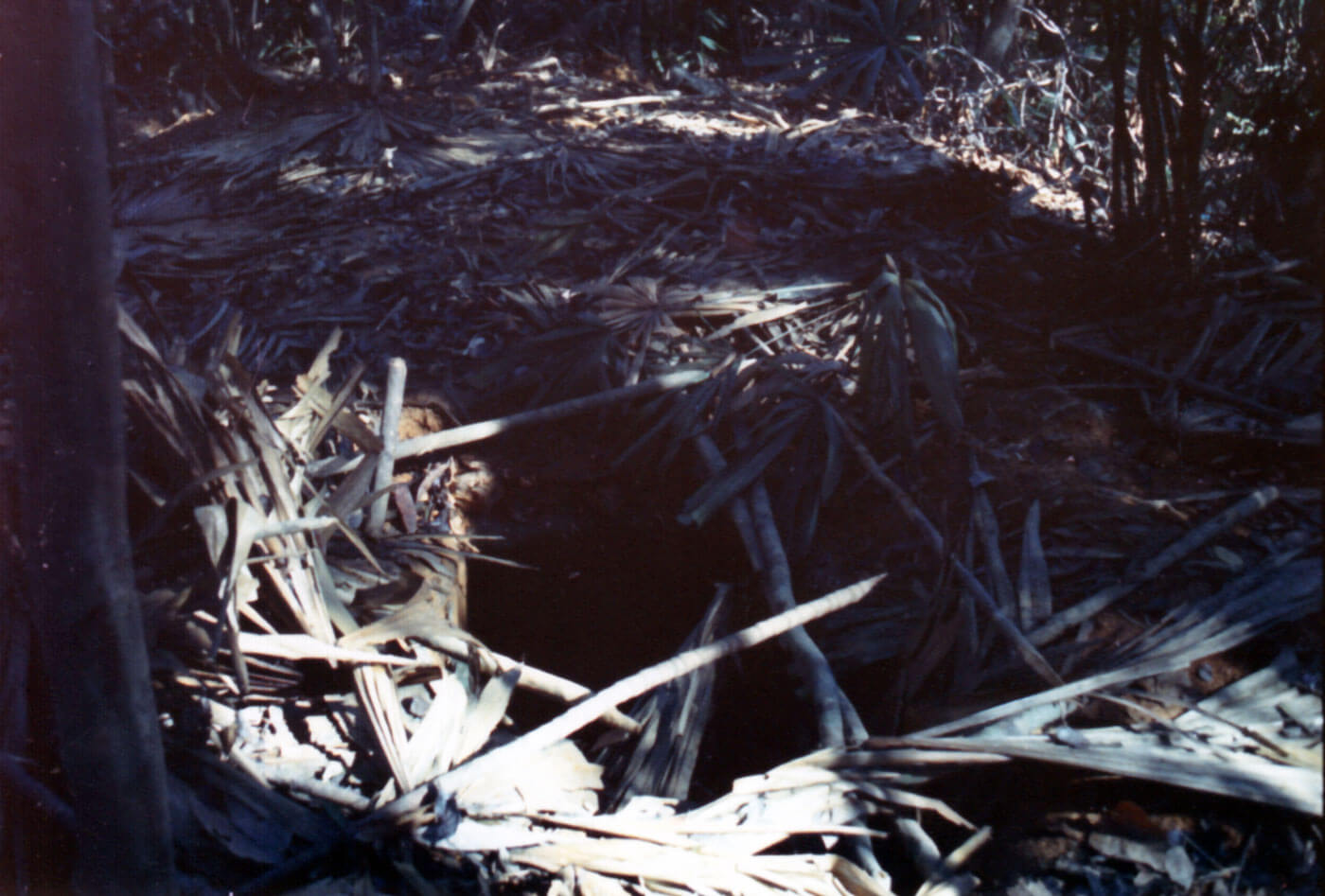
Staying in the Light
Do you want to own a pistol like these guys carried, but without having to go down into one of those nightmare tunnels? Then check out the Springfield Armory 1911 Mil-Spec .45 ACP. This pistol has a suggested retail price of $725. It gives you a pistol that offers the best of the classic 1911A1 pistol, but with some modern tweaks and upgrades.
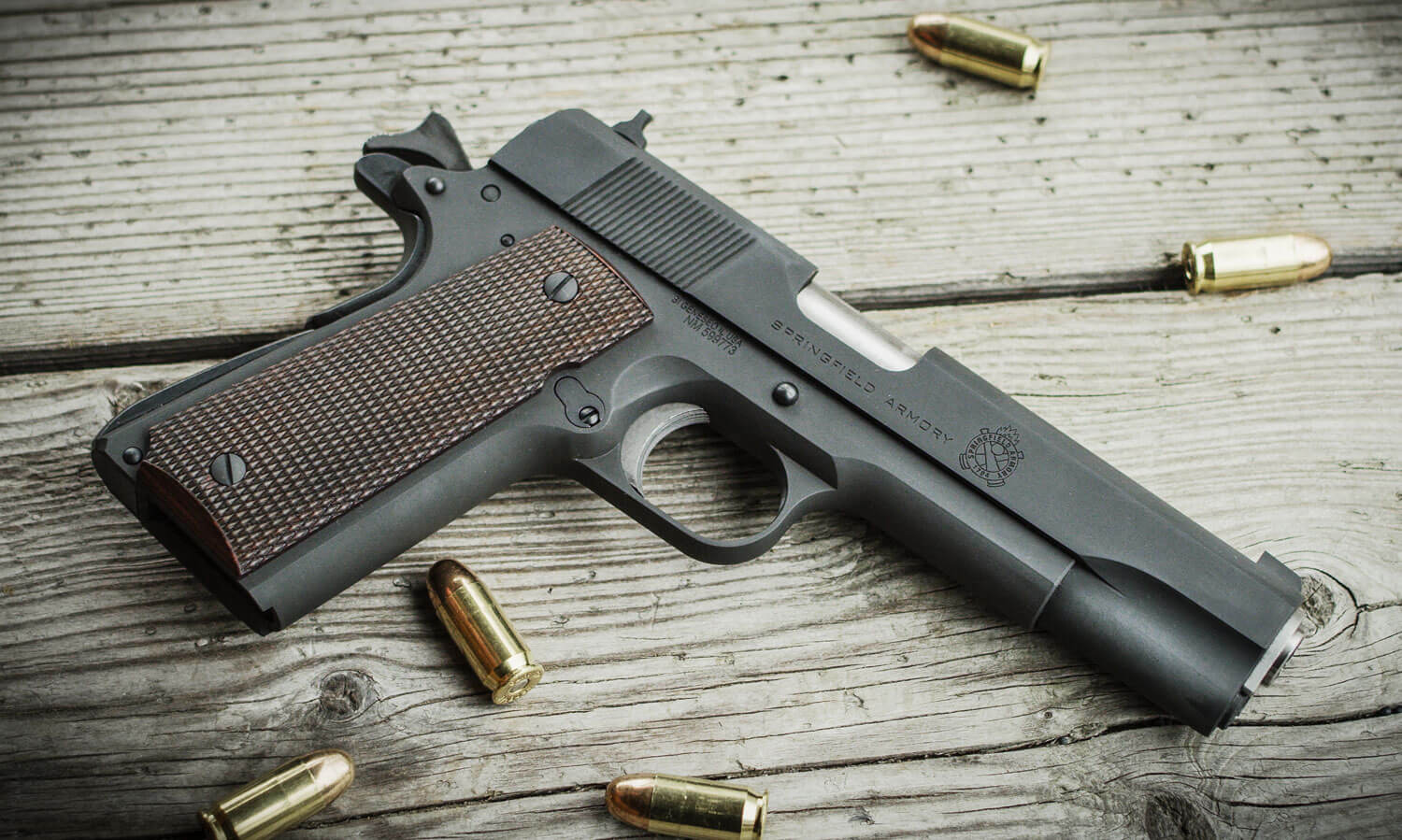
To ensure a long life of shooting, this 1911 features a carbon steel frame and slide, both forged (rather than cast) for extreme strength. While the overall design of the pistol hearkens back to the 1911A1 — from its spur hammer to its arched mainspring housing and short trigger — it has modern upgrades like a stainless steel match grade 5″ barrel, lowered and flared ejection port, and three-dot sights. An attractive Parkerized finish and a 7-round magazine rounds out the package.
Conclusion
Humans are naturally afraid of the dark. Our night vision isn’t as good as many predatory animals so it is a perfectly reasonable fear. Likewise enclosed environments — never mind an enemy that is trying to kill you — is a source of reasonable concern. Yet, these brave men crawled into dark tunnels to find and engage the members of the Viet Cong and North Vietnamese Army. These men who served in Vietnam should never be forgotten.
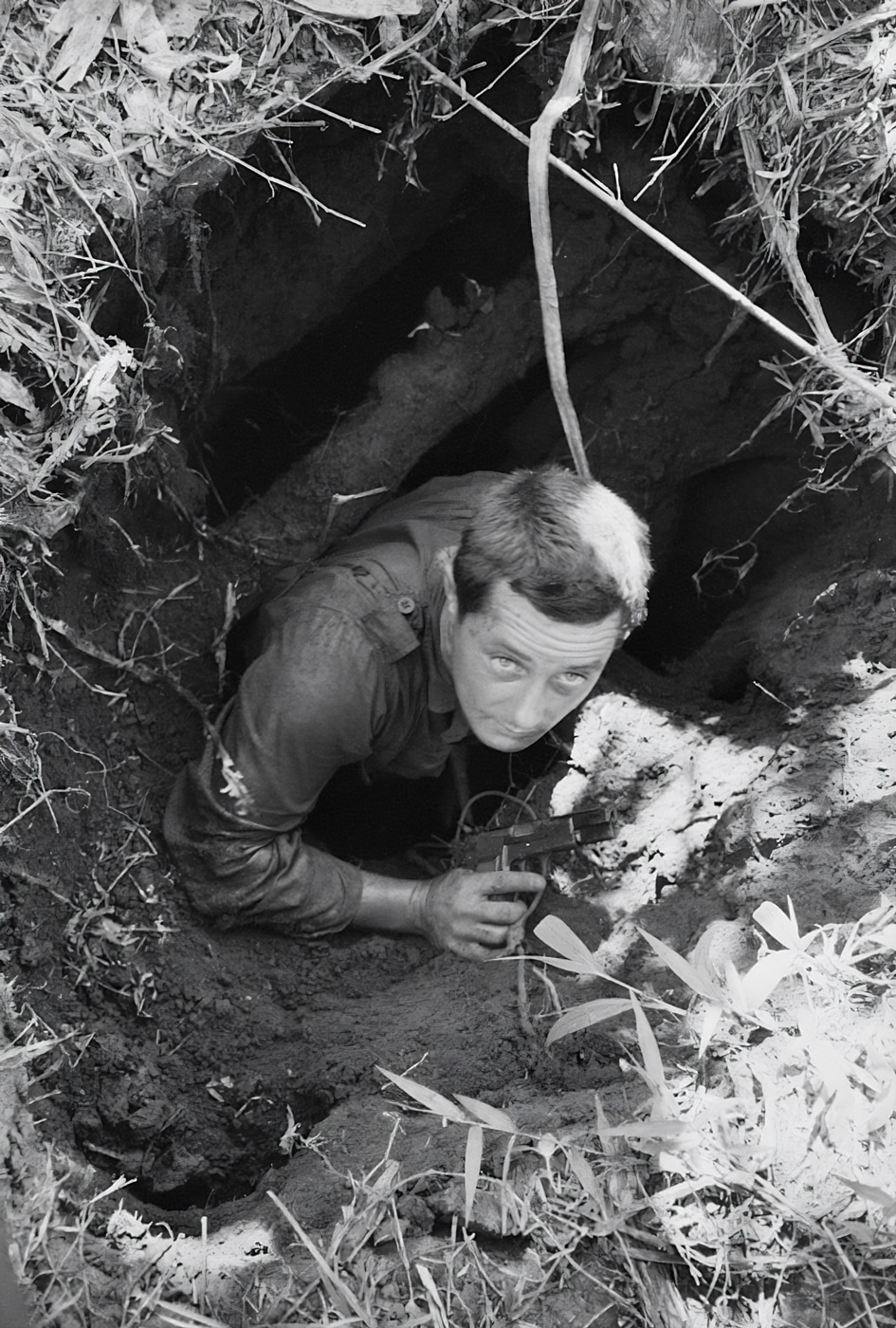
The tunnel rat gun, the M1911A1, has easily proven its mettle in its more than 100 years of service. From the trenches of the World War I to the beaches of World War II to the tunnels of Vietnam to the War on Terror of today, in the moment of truth — above ground or below — the M1911 has always been there to serve.
Join the Discussion
Featured in this article
Continue Reading
Did you enjoy this article?

 1004
1004




